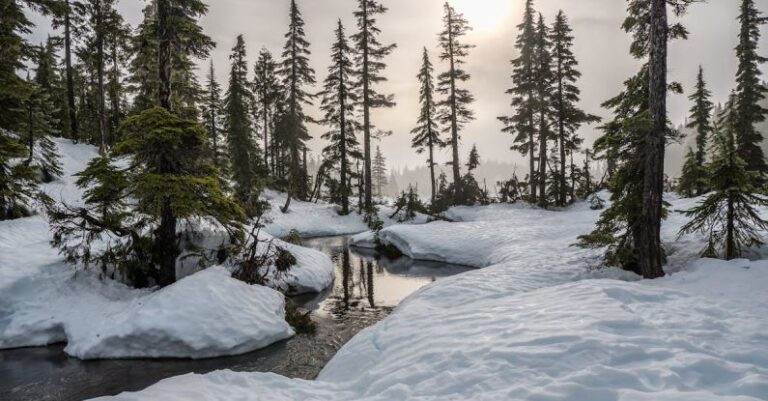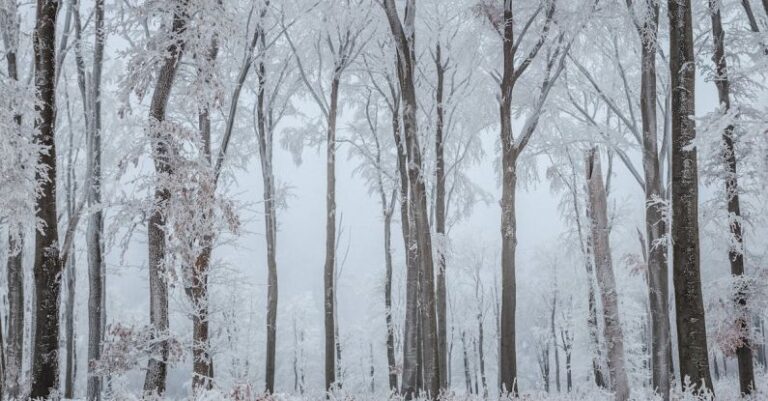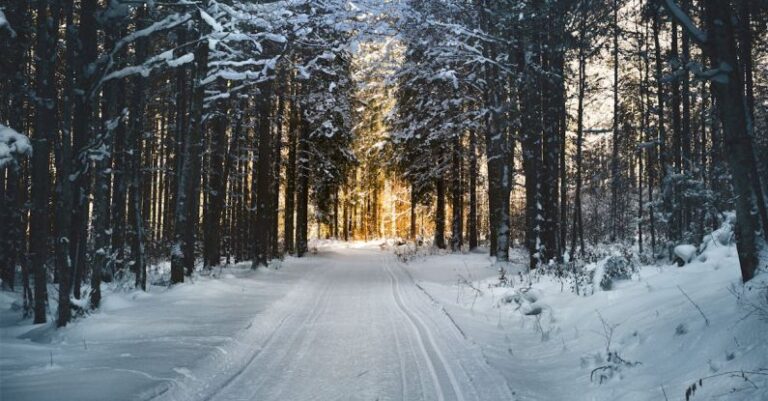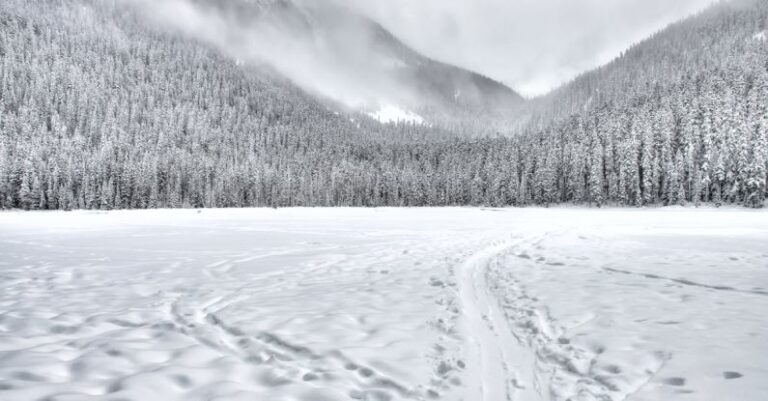
Snowshoeing is a fantastic way to enjoy the winter wonderland, providing a unique and invigorating outdoor experience. Whether you are a beginner or a seasoned snowshoer, there is always room for improvement in your technique to enhance your performance and overall enjoyment of this activity. By focusing on key aspects of your snowshoeing technique, you can make your outings more efficient, comfortable, and enjoyable.
Choosing the Right Snowshoes
Selecting the right snowshoes is crucial for improving your snowshoeing technique. Consider the type of terrain you will be traversing, your weight, and the snow conditions when choosing your snowshoes. Smaller, more compact snowshoes are ideal for packed trails and steep terrain, while larger snowshoes provide better floatation in deep snow. Make sure your snowshoes are properly sized for your weight to ensure optimal performance on the snow.
Proper Footwear and Layering
Wearing the right footwear and clothing is essential for a successful snowshoeing experience. Opt for waterproof and insulated boots to keep your feet warm and dry in snowy conditions. Layering your clothing allows you to regulate your body temperature as you exert yourself during your snowshoeing adventure. Choose moisture-wicking base layers, insulating mid-layers, and a waterproof outer layer to stay comfortable and dry throughout your trek.
Posture and Stride
Maintaining good posture and stride is key to improving your snowshoeing technique. Keep your back straight, shoulders relaxed, and head up as you walk to promote proper alignment and reduce strain on your muscles. Take short, deliberate steps to prevent tripping and maintain balance on uneven terrain. Engage your core muscles to stabilize your body and improve your overall posture while snowshoeing.
Pole Placement and Usage
Using trekking poles can greatly enhance your snowshoeing technique by providing additional stability and support on challenging terrain. Adjust your poles to the proper height, so your arms form a 90-degree angle when holding them. Plant your poles firmly in the snow with each step to help propel yourself forward and maintain balance. Utilize your poles to navigate steep inclines and descents, improving your overall efficiency and reducing strain on your lower body.
Uphill and Downhill Techniques
Mastering uphill and downhill techniques is essential for becoming a proficient snowshoer. When ascending steep slopes, use a wide stance and kick your toes into the snow to create traction. Lean slightly forward and engage your core muscles to power through the climb efficiently. When descending, lean back slightly to prevent tumbling forward and take small, controlled steps to maintain balance and control your speed. Practice these techniques to navigate varying terrain with confidence and ease.
Turning and Maneuvering
Learning how to turn and maneuver effectively is crucial for navigating tight spots and obstacles while snowshoeing. To make sharp turns, pivot on one foot while lifting the other slightly off the ground and rotate your body in the desired direction. Use your poles for balance and stability as you execute turns and navigate around obstacles such as trees or rocks. Practice turning in both directions to improve your agility and maneuverability on the snow.
Staying Safe and Enjoyable
Ensuring your safety and comfort while snowshoeing is paramount to a positive outdoor experience. Always check the weather conditions and trail reports before heading out to avoid unexpected hazards. Pack essential gear such as a first aid kit, navigation tools, and extra layers to stay prepared for changing conditions. Stay hydrated and fuel your body with snacks to maintain energy levels during your snowshoeing adventure. By prioritizing safety and comfort, you can make your outings more enjoyable and rewarding.
Incorporating these tips and techniques into your snowshoeing routine can help you enhance your performance, efficiency, and overall enjoyment of this exhilarating winter activity. By focusing on proper gear selection, posture, stride, pole usage, and maneuvering techniques, you can elevate your snowshoeing skills and conquer new challenges with confidence. Embrace the beauty of the winter landscape and embrace the thrill of snowshoeing as you continue to refine your technique and explore the great outdoors in a whole new light.





